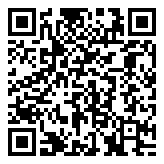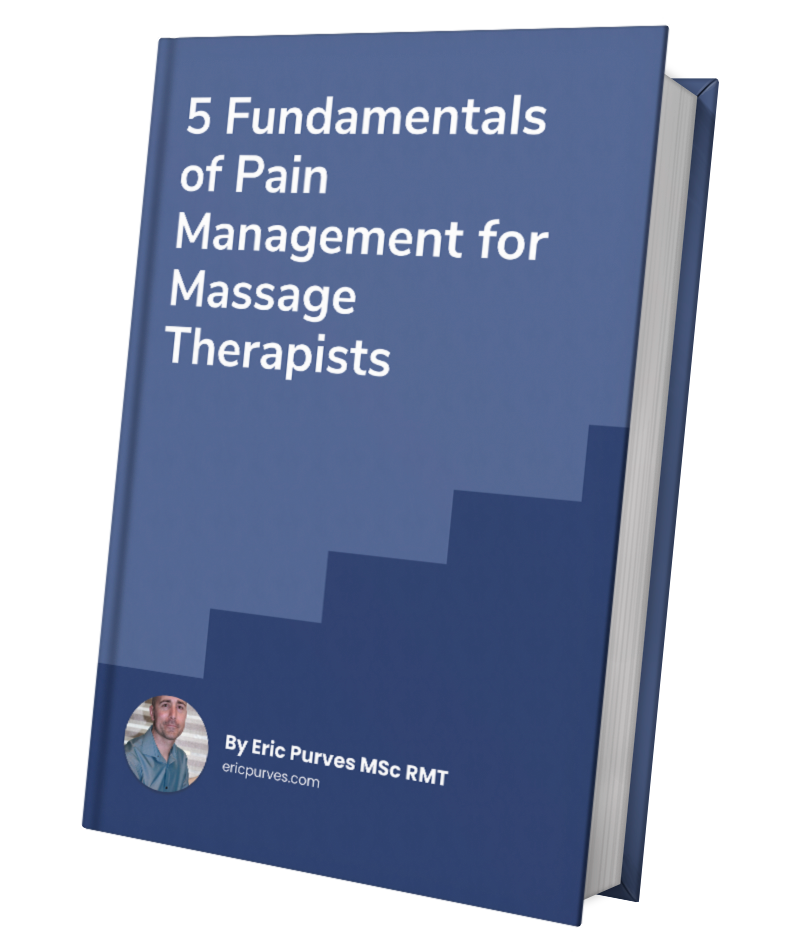
Clinical Pain Science for the Low Back, Pelvis and Hips (Vancouver) or via Zoom
Course runs 9am – 430 pm Saturday/sunday
Course Description
This 2 day course combines the expertise of 3 therapists to deliver an outstanding learning opportunity with the focus on how to use an evidence-based framework to achieve better outcomes in the treatment and management of patients who suffer with pain in the low back, pelvis and hips. An understanding of current pain science and biopsychosocial principles will be learned and applied to inform therapists’ clinical decision making by learning how to apply the current best evidence and rehabilitation strategies.
This course provides the opportunity to learn how better communication skills, manual therapy interventions, movement modifications and therapeutic exercises can be implemented within RMT practice to improve patient outcomes. General and specific manual techniques, movement and exercise interventions will be learned and practiced.
This course will also be addressing abdominal and pelvic floor pain and will provide RMTs with introductory guidelines to navigate not only the manual component of massage therapy, but also the interview process, modified movements, and how to implement trauma informed care in practice. The intent of this section of the course is to get the RMT profession comfortable with managing pain with this patient population using a biopsychosocial framework within scope of practice for RMTs in BC.
Course Delivery
Lecture, discussion, observation, practical exercises with case studies in partners and small groups will be used to emphasize key learning objectives
Learning Objectives
- Understanding of current evidence-based frameworks on persistent pain to enhance practice, improve outcomes, and decrease practitioner stress
- Distinguishing between tissue health, biomechanics and psychosocial factors and their role in pain, exercise and rehabilitation.
- Applications of existing manual therapy and movement skills can be effectively modified to improve patient outcomes
- Increase utilization of exercise prescription for self-management and to improve participants abilities to teach self-management/exercise to their clients.
- Practicing key principles in forming a therapeutic relationship through client interaction and contextual effects
- Improve understanding of various presentations for pain and dysfunction in the low back, pelvis and hips
- Improve and refine assessment and treatment strategies for low back, pelvis and hips
- Understand differences when treating mechanical sensitivity, central processes and recognizing when to refer to other healthcare providers.
- Learn how current evidence can be applied to improve treatment outcomes
- Improve abilities to apply a combination of manual therapies, movement, and exercises for a variety of patient presentations
Refund policy: Cancellations within 30 days of course will not be eligible for a full refund, but the credit may be applied to another course date and location. All refunds will be subject to a $75 admin fee.
Receipts are sent automatically as soon as registration is confirmed. Please check your junk or spam folders if it is not found in your inbox.
Approved for 14 PE CMTBC credits
About the instructors
Eric Purves MRSc, RMT graduated from WCCMT Victoria in 2005. Since 2016, Eric has been on the education faculty at PainBC where he teaches a course on chronic pain management. He also has his own education company where he has instructed over 90 workshops across the world on pain, manual therapy, movement/exercise therapies and rehabilitation principles for musculoskeletal health care providers.
Eric’s graduate studies at the University of British Columbia focused on knowledge translation and the application of research evidence into healthcare practice. Eric has presented his research at numerous conferences and his articles are published in various journals.
James Johnston, RMT is a Registered Massage Therapist, former massage college instructor, first responder/first aid instructor and firefighter in Victoria BC. Jamie graduated from the West Coast College of Massage Therapy in 2010 and has been working as a RMT since with a focus toward sports and sport injuries. As a massage therapy student Jamie began volunteering with the Victoria Grizzlies Junior A hockey club and spent the following seven years with them as an RMT and first responder. He has worked with the national men’s 7’s Rugby team, and with Hockey Canada in the women’s development program.
Before going back to school for Massage Therapy Jamie worked as an industrial first aid attendant for six years and began volunteering with the fire department in 2002. In 2010 he became certified as a first aid instructor and later as a first responder instructor. Jamie has taught RMT students and RMT colleague’s first aid and how to handle medical emergencies within their practice and considers it to be one of the best parts of his career.
As a continuing education instructor, Jamie teaches other Massage Therapists how to incorporate therapeutic movement and pain science into their treatments.
Jocelyn Kirton RMT has been an RMT since 2013. She has taken a special interest in treating patients with
persistent pain, specifically in the abdominal and pelvic regions. Her treatment foundations are built around a neurocentric patient centred clinical reasoning framework. Her educational and practical experiences have given her the unique opportunity to incorporate her knowledge base allowing for a modern and evidence-based approach to persistent abdominal and pelvic pain. In addition to her abdominal and pelvic focus, Jocelyn revolves her practice around guided recovery to encourage and empower her patients to take control of their health by giving them at home strategies to help manage their pain.
As an instructor of Massage Therapy at CDI college, Jocelyn worked with the women’s health in-reach. Her educational abilities instilled confidence and skill in her students when treating patients with pelvic pain.
Jocelyn also taught the introduction to sports treatment course and oversaw the sports outreach, bridging classroom comprehension and treating athletic patient populations together.
Outside of her practice, Jocelyn wants to impact the Massage Therapy profession by educating RMTs on the positive impact the profession can have for people dealing with abdominal and pelvic pain. Jocelyn is motivated for other health care professionals to recognize the benefit patients with pelvic pain would receive from seeing an RMT. In her opinion, it’s time we get comfortable as a profession in managing patients with abdominal and pelvic pain that is evidence informed and safe.



